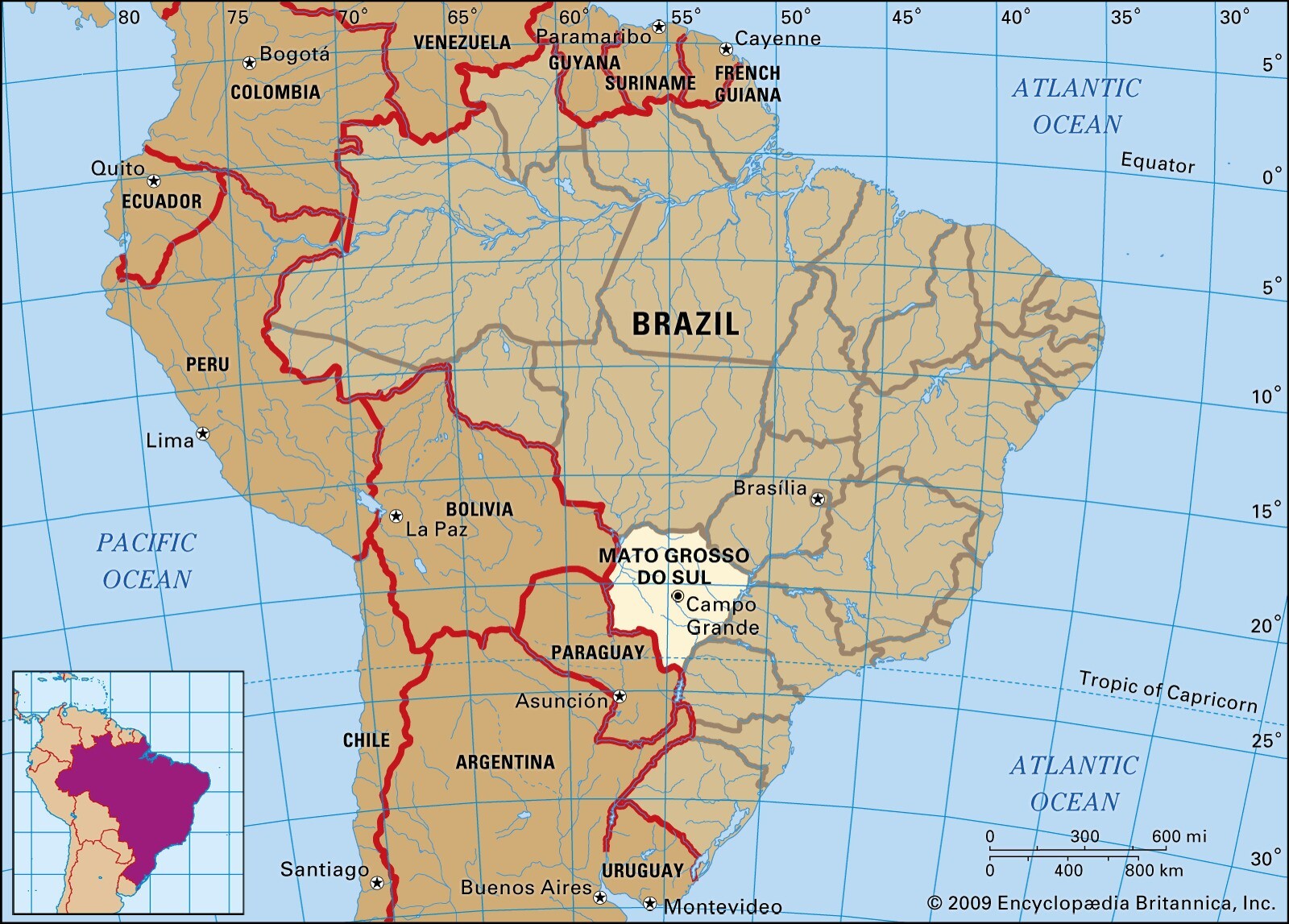

Drilling at the Rio Negro prospect, part of the progressive ASX-listed company Equinox Resources' larger Campo Grande project in Brazil, has revealed exceptional rare earth grades and reinforced the site's multi-commodity potential.

The company recently wrapped up 14 reverse circulation (RC) drill holes at the prospect, building on the success of an earlier scout drilling campaign. Remarkably, total rare earth oxide concentrations reached as high as 80 per cent.
The latest results showcased an impressive grade of 7,890 ppm Total Rare Earth Oxides (TREO) identified at a depth of 36 to 38 meters (CG_RC24_005). Elevated phosphorus pentoxide levels, reaching 3.09 per cent, further highlighted this, indicating that monazite is likely the primary mineral hosting rare earth elements.
Drilling also yielded the following results:
Equinox Resources' Managing Director, Zac Komur, highlighted the significant potential of the Rio Negro area, despite it representing just a small section of the broader Campo Grande project. He also pointed to the discovery of high-grade deposits of gallium and bauxite, both of which are in high demand due to supply constraints.
Komur stated, “The Rio Negro Prospect is proving to be an exciting and important part of our Campo Grande Rare Earth Project. The standout TREO grades, including 7890ppm supported by monazite as the primary REE-hosting mineral, showcase the unique geological opportunity here."
“What’s just as exciting is the high-grade gallium and bauxite we’ve intersected in the southeast, with gallium grades exceeding global averages, a significant win for the project."
“And let’s not forget, Rio Negro represents only 1 per cent of our broader 1800km2 landholding at Campo Grande. There is untapped potential yet to be uncovered.”
The central-eastern section of the prospect is rich in high-grade rare earth elements (REEs), while the southeastern corner has yielded impressive concentrations of high-grade gallium and bauxite. Gallium levels surpass global averages, and peak bauxite concentrations were recorded at 42.1 per cent, with a 20-meter interval showing 34.1 per cent Al₂O₃ (CG_AD24_074).
The following are the key gallium intercepts:
What is gallium used for?
Gallium has many uses, including thermometers, semiconductors for electronics, and light-emitting diodes. It is also widely used in the manufacture of optical materials, aerospace fields, and solar cell materials and is the backbone of the electronics industry. However, due to the rapid development of the electronics industry and related industries, the gallium market has been in short supply.
Image credit: Britannica
Information credit: The Australian Business Review; Equinox Resources website
Responses








